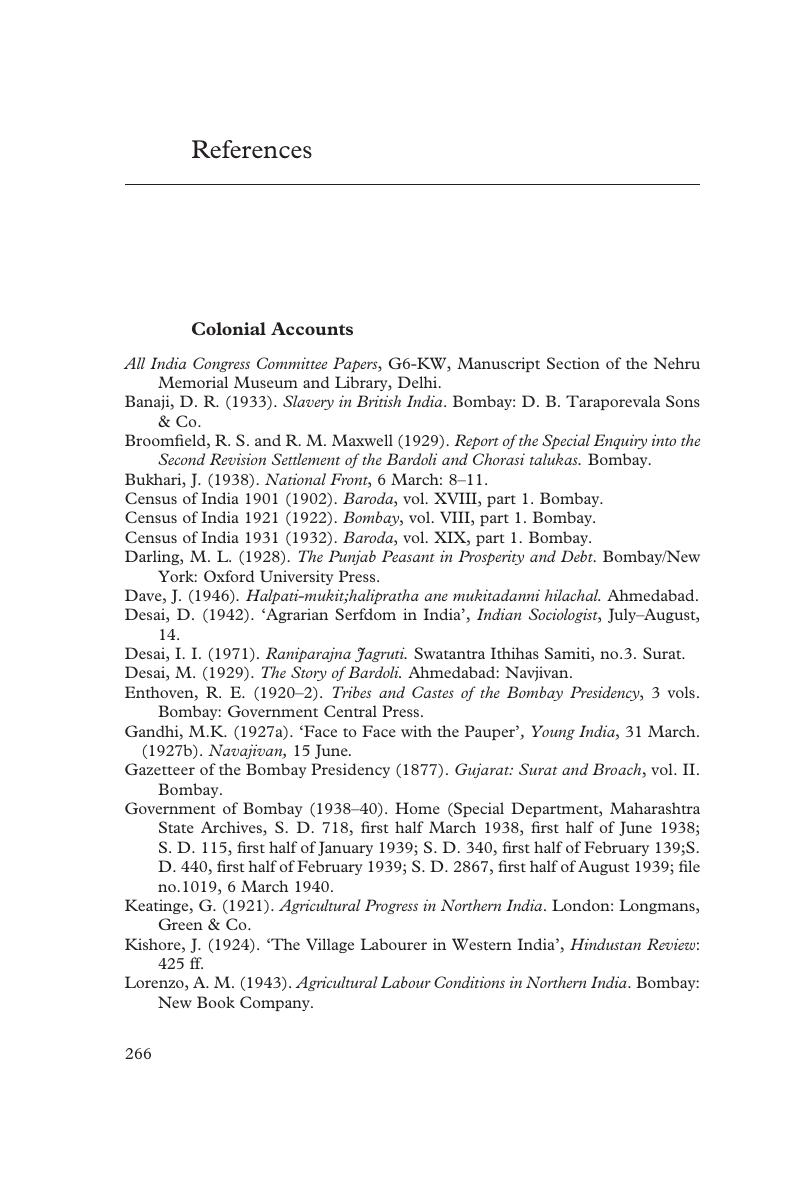Book contents
- Capitalism, Inequality and Labour in India
- Capitalism, Inequality and Labour in India
- Copyright page
- Contents
- Figures
- Preface
- Acknowledgements
- Part I Labour as Codified in the Annals of the State
- Part II Destitute in Bondage
- Part III The Political Economy of Boundless Dispossession
- Part IV Conclusion
- References
- Index
- References
References
Published online by Cambridge University Press: 29 July 2019
- Capitalism, Inequality and Labour in India
- Capitalism, Inequality and Labour in India
- Copyright page
- Contents
- Figures
- Preface
- Acknowledgements
- Part I Labour as Codified in the Annals of the State
- Part II Destitute in Bondage
- Part III The Political Economy of Boundless Dispossession
- Part IV Conclusion
- References
- Index
- References
Summary

- Type
- Chapter
- Information
- Capitalism, Inequality and Labour in India , pp. 266 - 278Publisher: Cambridge University PressPrint publication year: 2019



